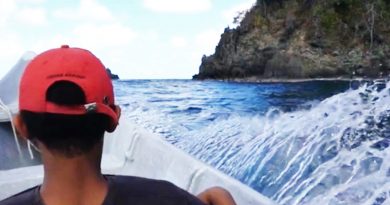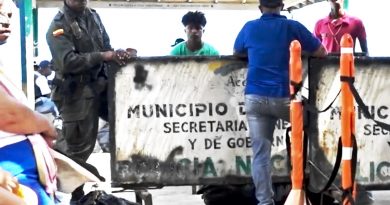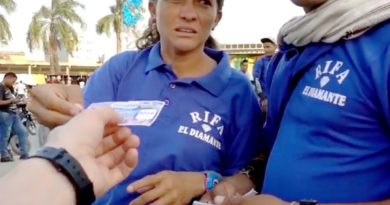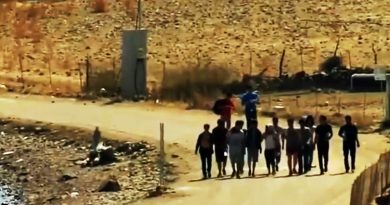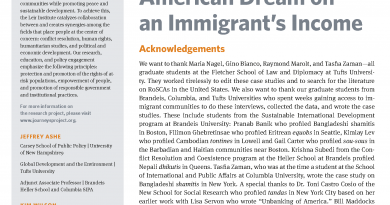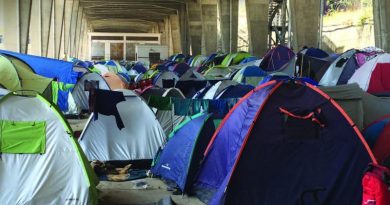Integration in Different Family Structures
By Maria Teresa Nagel, under the supervision of Kim Wilson.
When it comes to migration, broad classifications are abundant. Refugees and migrants are often seen as a monolithic mass, which encourages policy makers to essentialize migration as they search for the single solution to this complex phenomenon. Nowhere is this truer than in Tijuana, Mexico, the location of our study. There and elsewhere, immigrants are thought to be driven by the same motivations, threatened by the same risks, and in need of the same remedies. In this essay, I aim to highlight some key differences in the experiences of Central American migrants in Tijuana, focusing on the impact family structure has on migrants’ experiences living in that city.

